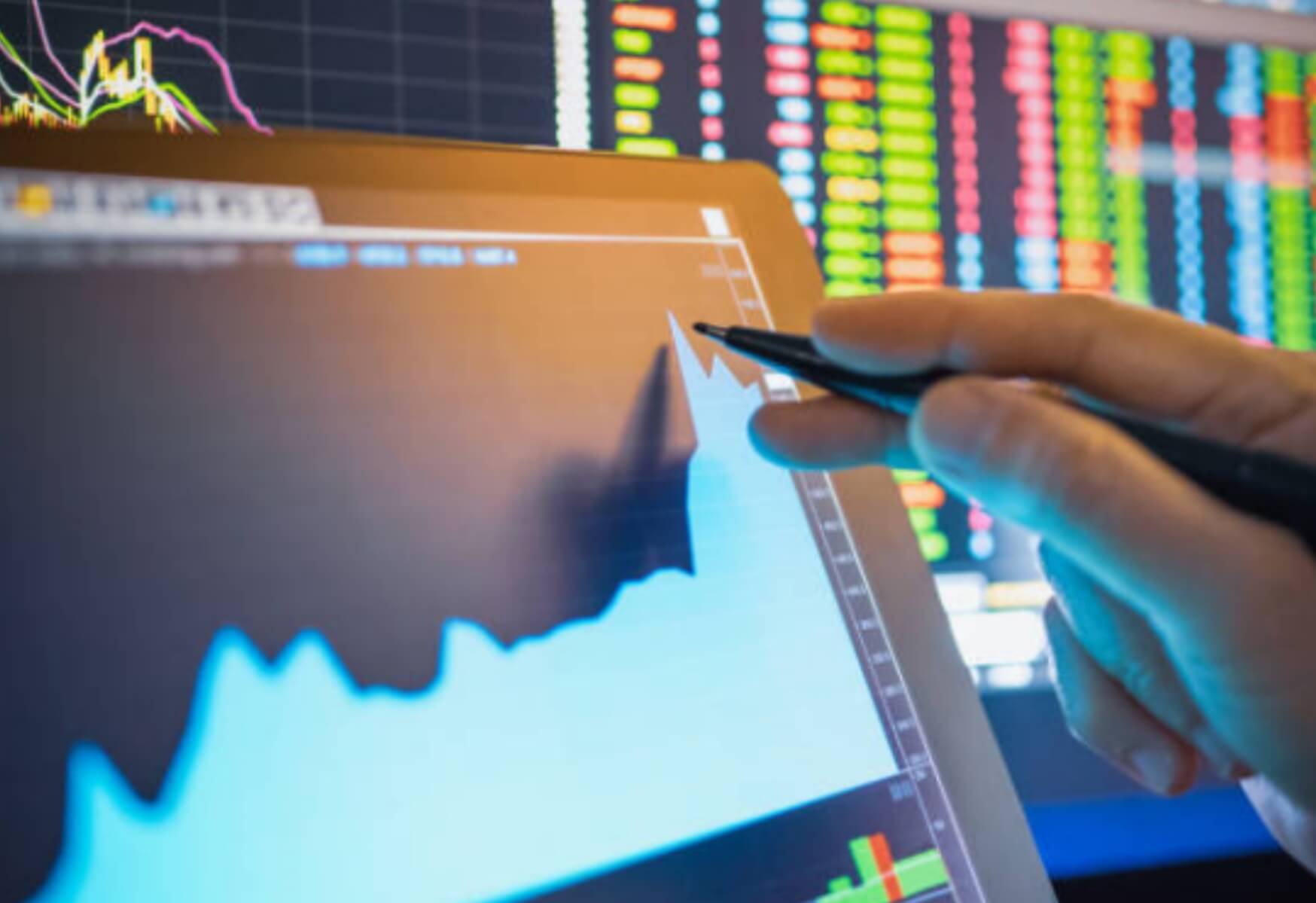A key inflation indicator rose 3.1 percent in April from a year prior as expenses kept on filling in the US economy similarly as it’s mounting a rebound from the pandemic, the feds said Friday.
It is the most since July 1992 that the core personal consumption expenditures index has ascended more than a year.
The supposed core PCE index, which prohibits food and energy, rose 0.7 percent from March, the most noteworthy month-over-month ascend since October 2001, the Commerce Department announced.
The index tracks prices across an assortment of goods and services and is viewed as a more extensive measure for inflation than the Labor Department’s Consumer Price Index, which rose 4.2 percent in April from a year prior.
Counting food and energy, which are more unstable than different goods, the Commerce Department’s index bounced 3.6 percent from a year prior and 0.6 percent from March.
Anu Gaggar, senior global investment analyst for Commonwealth Financial Network, noticed that the enormous year-over-year numbers are likely twisted in light of the fact that as of now a year ago the pandemic covered huge areas of society, driving prices down.
She added that a portion of the price increments are presumably temporary as the economy gets rolling over the course of the several months. Be that as it may, others, she cautioned, could be digging in for the long haul.
“Ascend in prices of a portion of the basic segments like travel services, utilized engine vehicles, and so forth could be momentary and intelligent of repressed interest, however there are others, for example, medical care services where the bounce back may be more underlying and worth watching out for,” she said after the data came out.
She noticed that a few prices in lodging goods like wood and agricultural commodities have fallen as of late, yet the new data “will keep the inflation prattle perfectly healthy for more.”
Regardless of greater costs, Americans continued spending.
Consumer spending rose 0.5 percent in April, much more slow than the 4.7 percent acquire in March, however that was part of the way energized by government stimulus checks, the report appeared.
The report likewise showed a 13.1 percent drop in family pay, which was likely determined somewhere near the previous eruption of pay brought about by the most recent round of $1,400 stimulus checks that came in March.
Regardless of that drop, numerous business analysts gauge that most Americans figured out how to save investment funds during the pandemic that will prompt a spending support this mid year.
In any case, an assortment of components are messing up businesses that could keep down the recuperation or drive prices significantly higher. A cross country labor lack has left numerous businesses short staffed and incapable to work at full limit.
Different businesses experience experienced issues getting supplies conveyed rapidly enough to fulfill need, to some extent on account of labor snugness in shipping and transportation.
